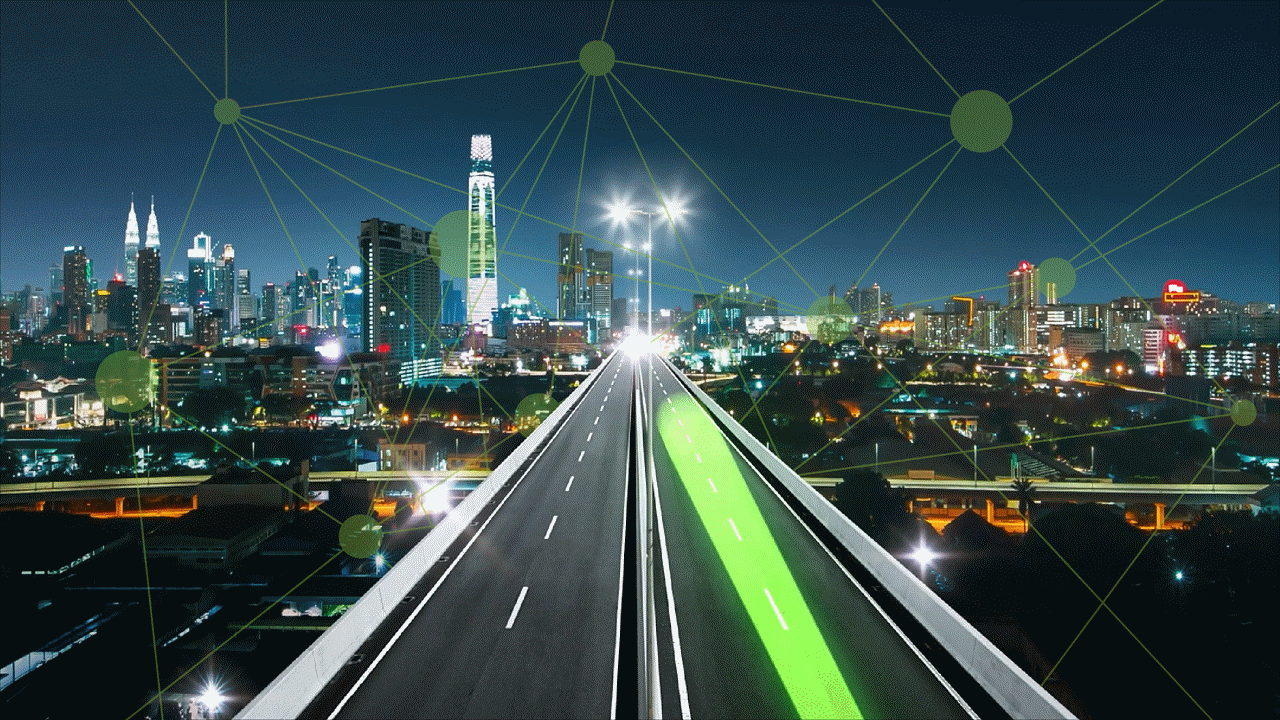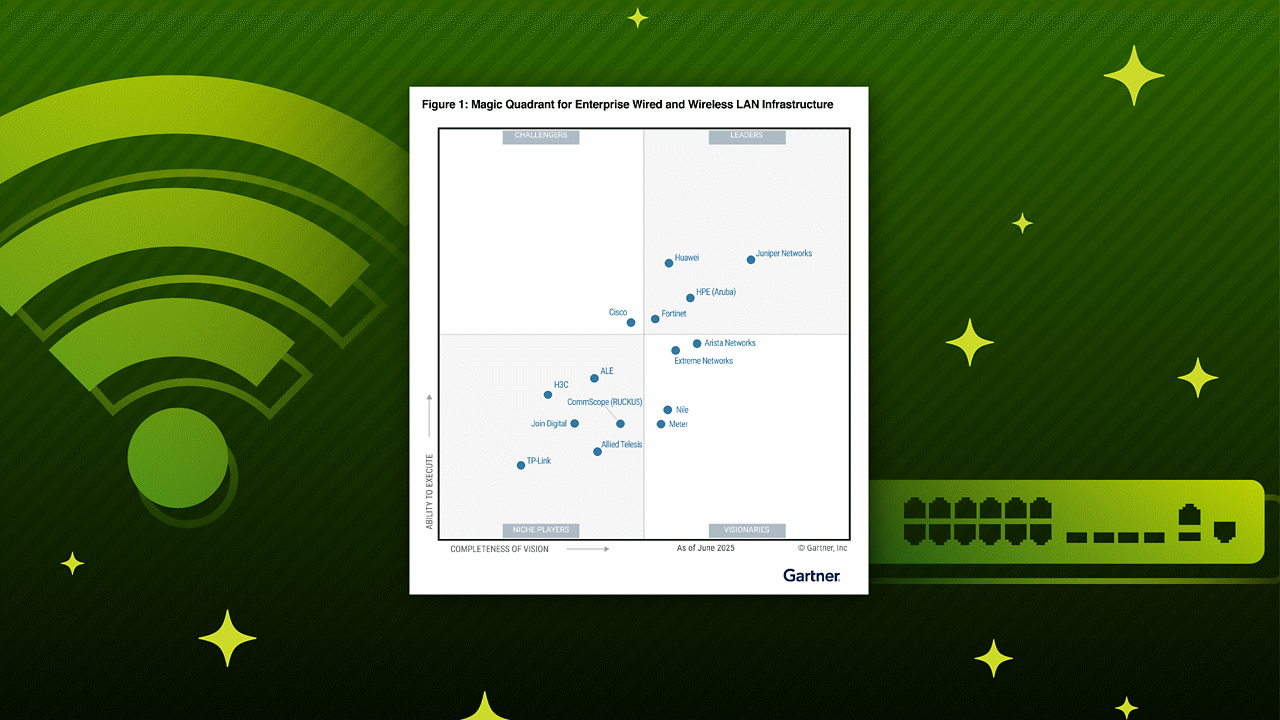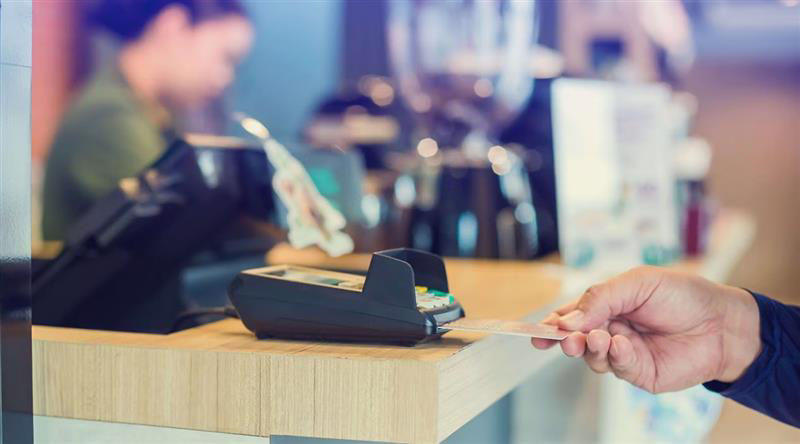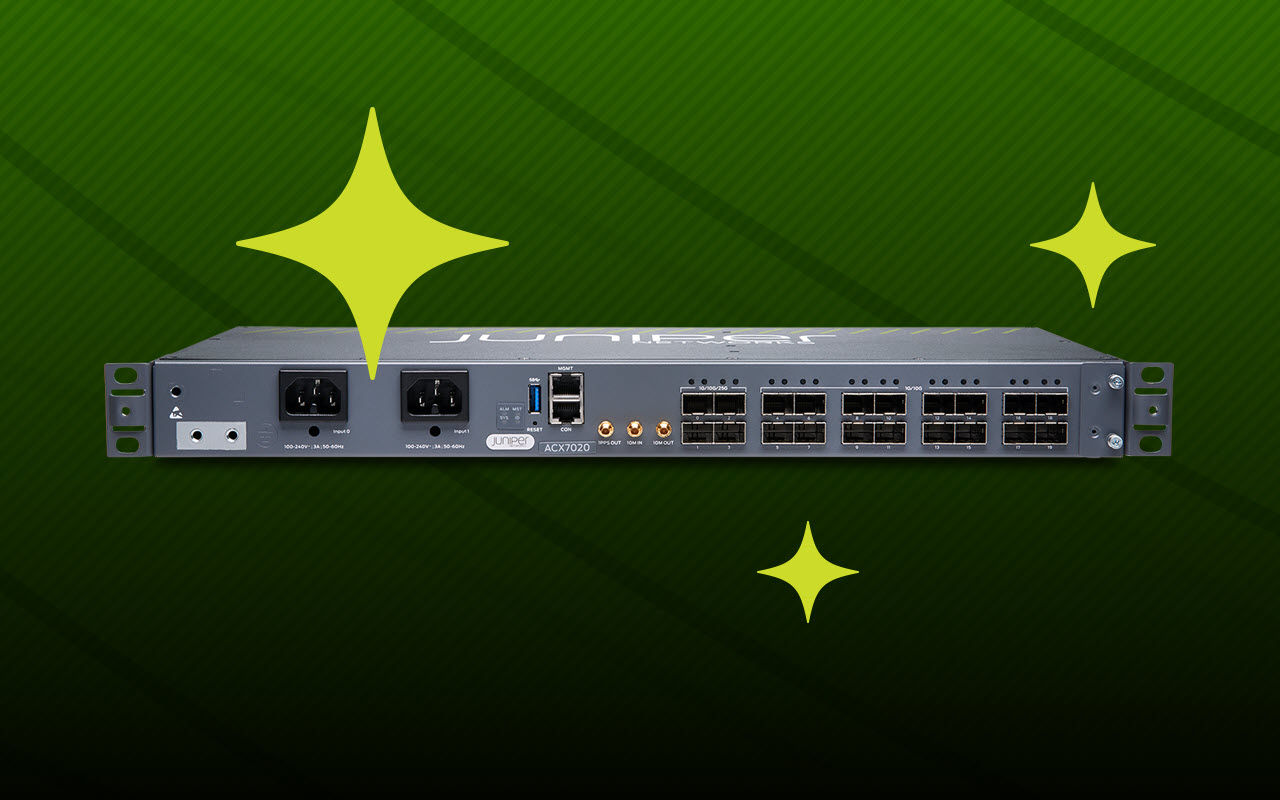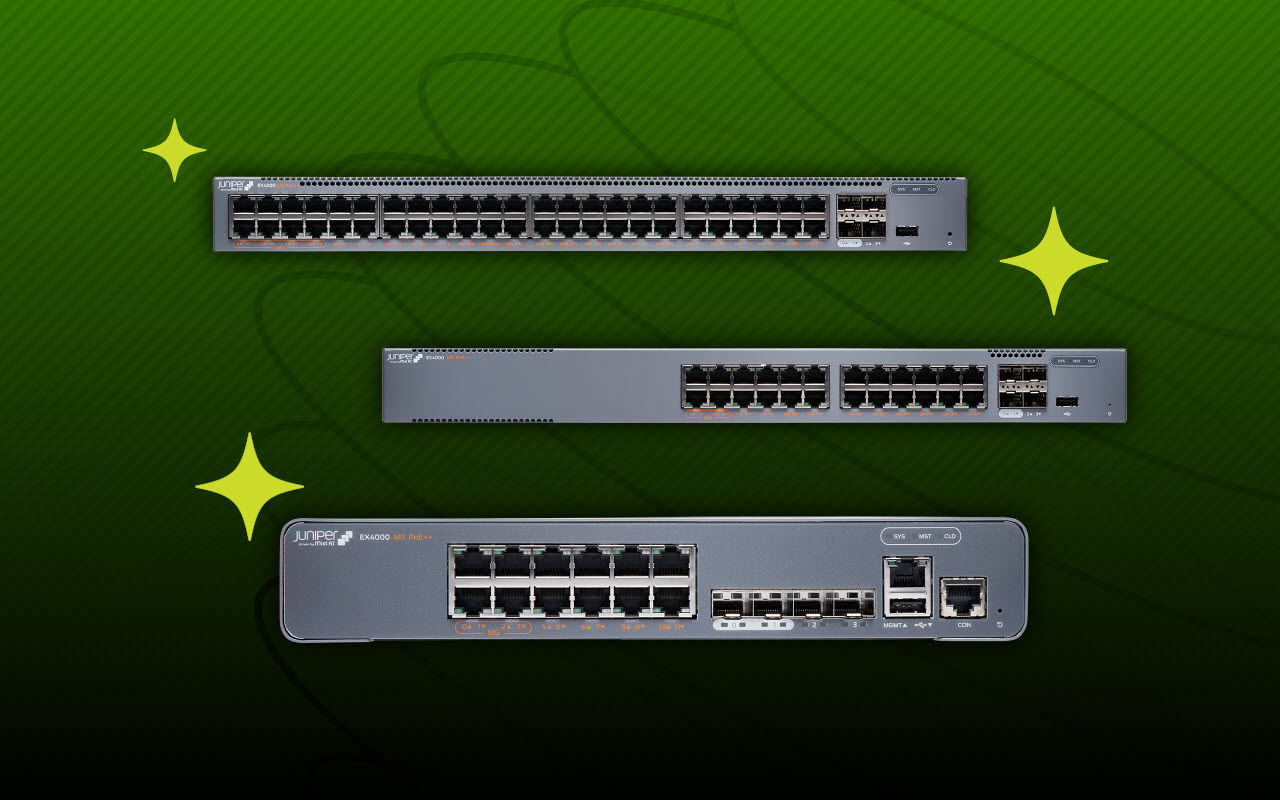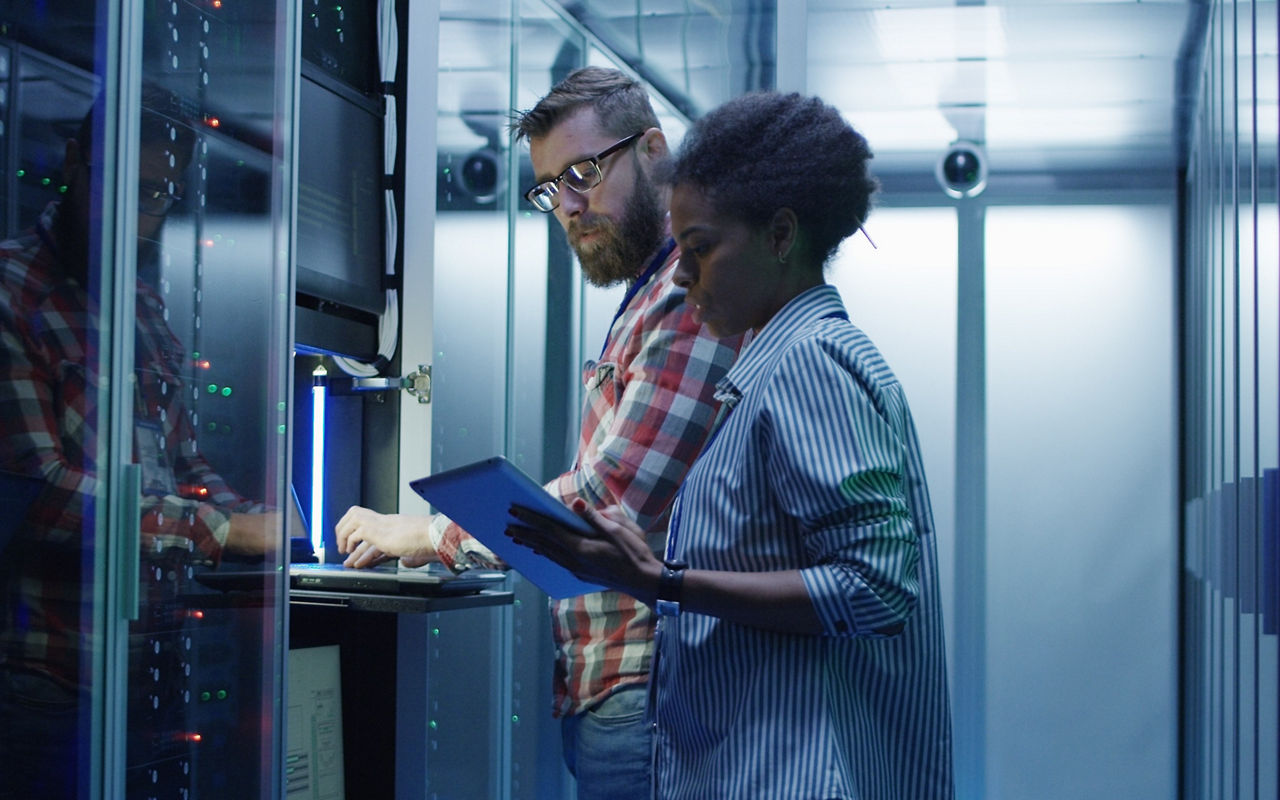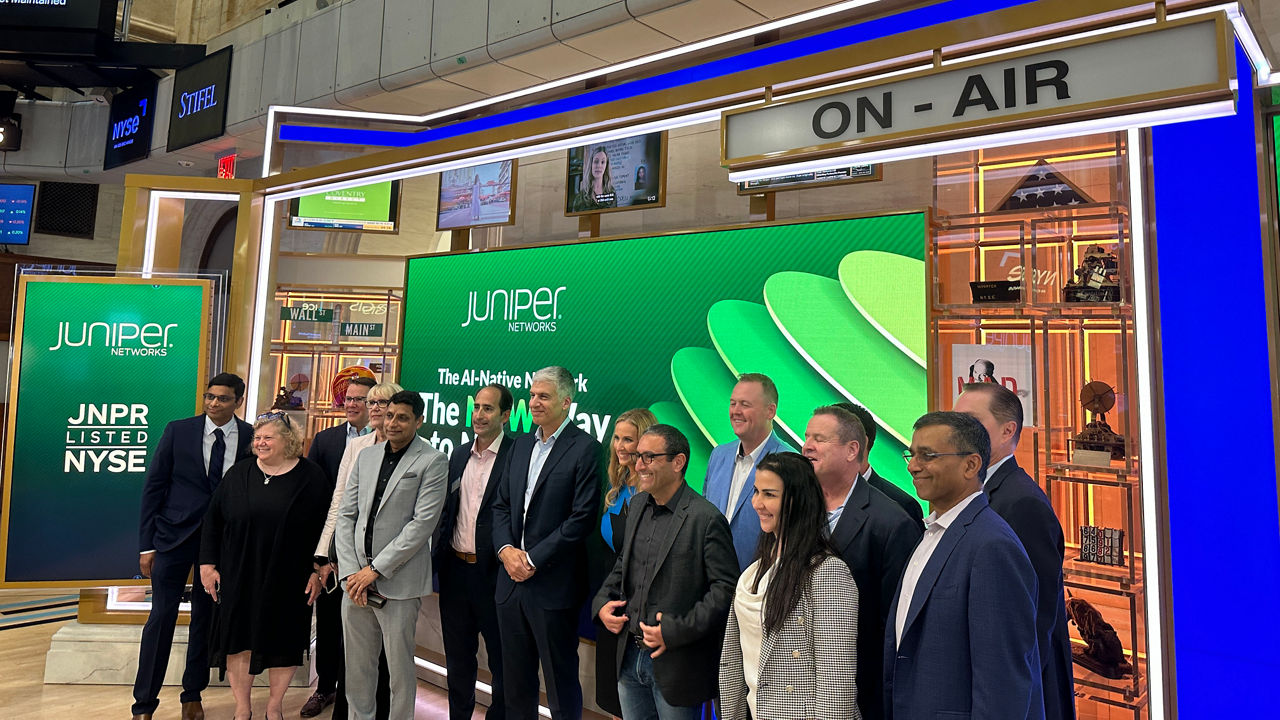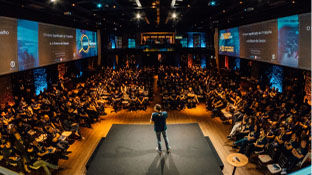Juniper recently hosted an industry webinar for retailers. The “Future of In-store Technologies” brought together industry leaders to discuss changes in the retail landscape, including the how and why of deploying new in-store technology.
Prioritizing customer needs
Jack Stratton of the Insider Trends agency was a featured guest at the event. He provided a unique whole-industry perspective on both the history of in-store tech and the potential he sees in advancing existing technologies, together with the opportunities for new ideas offered by AI.
Stratton, emphasizing that technology must always serve a purpose, asserted that AI should solve customer problems or improve their shopping experience. It was a reminder that when considering shiny new options, we should ask ourselves, “Does this technology support experiences, solve problems, and do something useful for the customer?”
Participants were reminded of some of the historical missteps of legacy tech, such as big touchscreens and shared pad-style devices that rarely worked or simply replicated an online presence. While the evolution of self-service checkouts and interactive kiosks has continued to evolve with notable improvements, Juniper’s Christian Gilby said it best: “The technology that we trust the most is the technology we have in our pocket.”
Shoppers’ mobile devices are the natural place to focus in-store efforts. Examples include enhanced branded apps with in-store modes or transparent services that use indoor location-based services to support loyalty programs that push notifications to customers, or analytics that sense when customers need personalized help from store associates.
Whether it’s a small enhancement in a single store or a sweeping change across a network of locations, retailers should aim to steer clear of adopting technology solely for the sake of modernization, instead focusing on the thoughtful integration of devices, apps, people, and processes with the end purpose of providing tangible benefits to the shopper.
AI: The game changer
The webinar highlighted Juniper’s AI-Native Networking Platform solutions. Our AI-Native approach means networks are intelligently and proactively responding to the demands of the retail space, from customer behavior analysis, through availability of stock, to operational effectiveness.
The integration of our virtual network assistant, Marvis®, into the retail networking environment offers additional proactive insights and automation that are designed to elevate the customer experience.
Juniper’s innovation goes beyond surface-level analytics—it is about deeply integrated AI enhancing everything from app configurations to customer service interactions. Mist AI™ is being used to standardize network implementations, roll them out quickly with minimal downtime, and even test new store designs and configurations.
Musgrave made a leap forward
Kevin McCartan, Senior IT Service Delivery Engineer at Musgrave, shared his experiences using Juniper Mist for a network refresh across 300+ retail sites in Ireland. He cited his use of Mist to create consistent user experiences in environments that host a lot of legacy equipment. Musgrave needs to support many retail locations with fewer onsite visits while ensuring minimal downtime to roll out configuration changes.
He shared his experience of supporting sites during an epic storm that hit the country, using a single Mist dashboard to gain visibility into which stores had connectivity and were still able to process customer orders.
When it is time to roll out new features or update configurations, Mist simplifies the process and reduces downtime. McCartan said, “We were able to reduce the downtime of coming over from legacy to a minute of downtime, which is incredible for us. With the legacy network, if there was a router replacement to be completed, it was always recommended to be completed ahead of open hours.”
Webinar participants noted that a lack of consistency can lead to unexpected inefficiencies, heightened operational costs, and even security vulnerabilities. Refreshing and upgrading in-store technology is not just a matter of keeping up with trends, it’s also about maintaining a coherent, secure, and efficient operational standard across all locations.
Connectivity is key
With more devices making their way into retail environments, including shoppers’ mobile devices, point-of-sale systems, connected sensors, and cameras, the demand for robust and scalable connectivity solutions has never been more important. The penetration of IoT in retail is also finding its place, with smart sensors and connected products requiring seamless integration into a store’s network to showcase their capabilities of directing customers, empowering employees, and generating sales.
Future forward
Our “Future of In-store Technologies” session offered insight into how retailers must adapt to use their networks to stay relevant while supporting efforts to increase revenue and generate customer loyalty. The future lies in the strategic integration of technology that serves a distinct purpose, primarily to enrich the customer’s in-store journey. Juniper’s AI-Native Networking Platform is proving to be a future-enabler.
Retailers with these insights can move forward with a renewed focus on customer-centricity, ensuring that their technological adoptions and upgrades are not just responses to trends but deliberate actions that will significantly enhance shopping experiences. As the retail landscape evolves, those who apply the lessons from this webinar will enjoy leadership of the industry’s exciting future.
Miss the webinar but want to share in the insights? Watch the webinar now. You can also visit our retail page.



